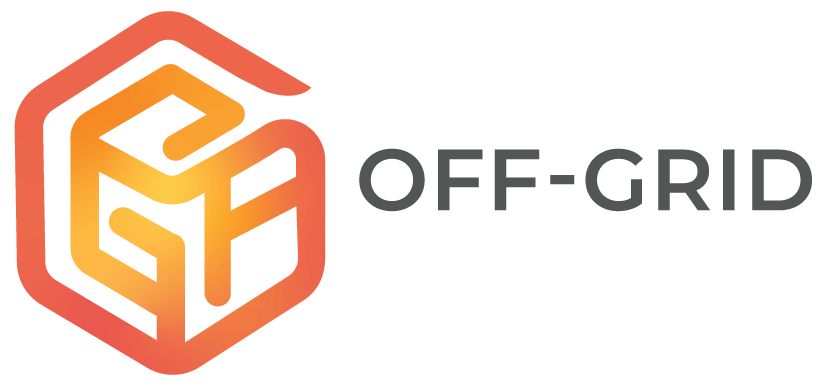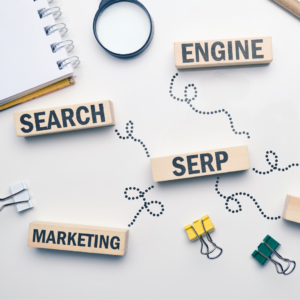Search Engine Marketing (SEM) is the practice of using paid ads to appear in search engine results. For businesses, it’s a way to gain quick visibility and attract potential customers. This guide will walk you through what SEM is, how it works, and why it matters for your digital marketing strategy.
Key Takeaways
- SEM is a paid advertising strategy that enhances visibility on search engine results pages, contrasting with SEO, which focuses on organic search optimization.
- Effective SEM campaigns require key components such as comprehensive keyword research, compelling ad copy, and proper budget management to drive targeted traffic and improve conversion rates.
- Measuring SEM success through key performance indicators (KPIs) and utilizing analytics tools is essential for optimizing campaigns and ensuring maximum return on investment.
Understanding Search Engine Marketing (SEM)
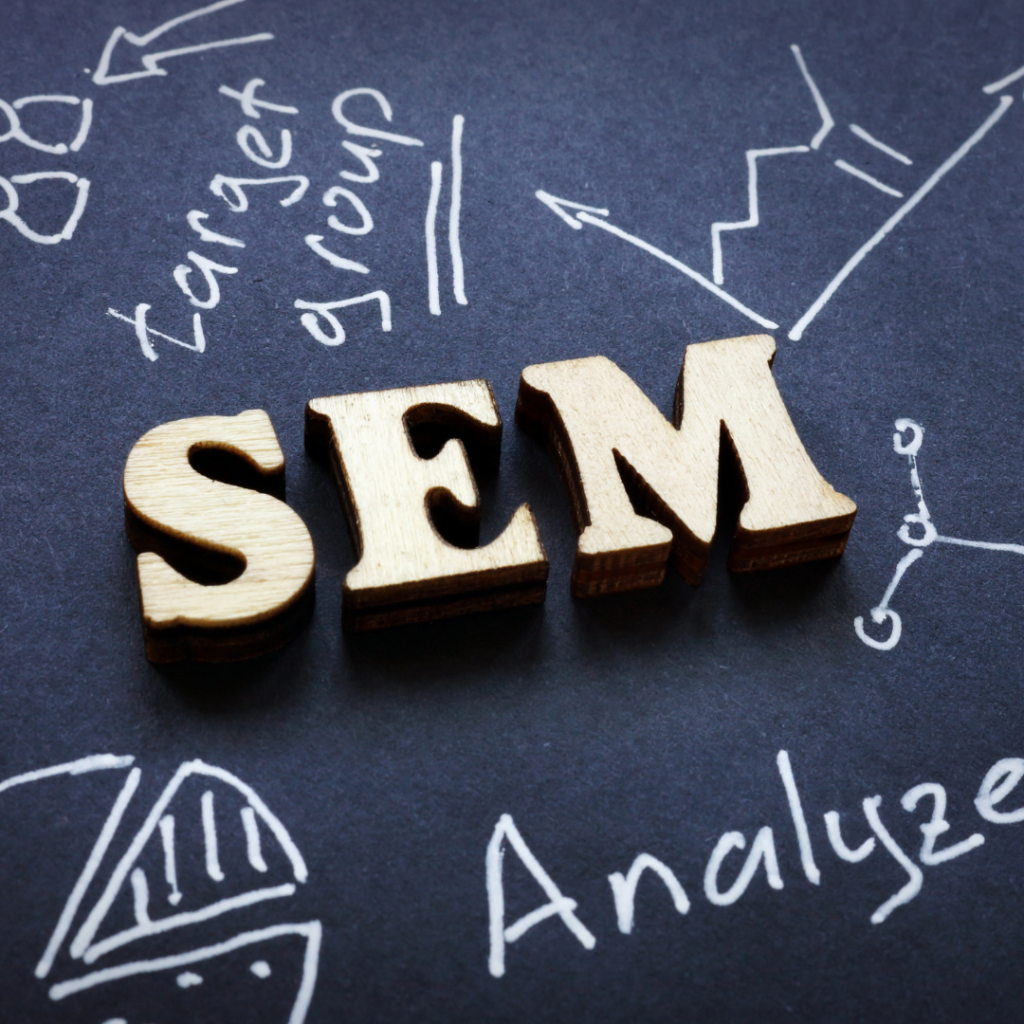
Search Engine Marketing (SEM) involves using paid advertising to increase visibility on search engine results pages. The primary goal of SEM is to appear in paid search results related to a business, product, or service, making it a pivotal element for business growth. Unlike organic search results, which rely on search engine optimization (SEO) strategies, SEM leverages paid search advertising to drive targeted traffic and enhance a website’s visibility.
One of the most noticeable aspects of SEM is the presence of sponsored ads marked as ‘Sponsored’ or ‘Ad’ that appear above organic search results. These ads play a crucial role in search engine marketing campaigns by providing instant visibility. Investing in SEM allows businesses to compete in search engine ranking pages and ensure their offerings reach potential customers.
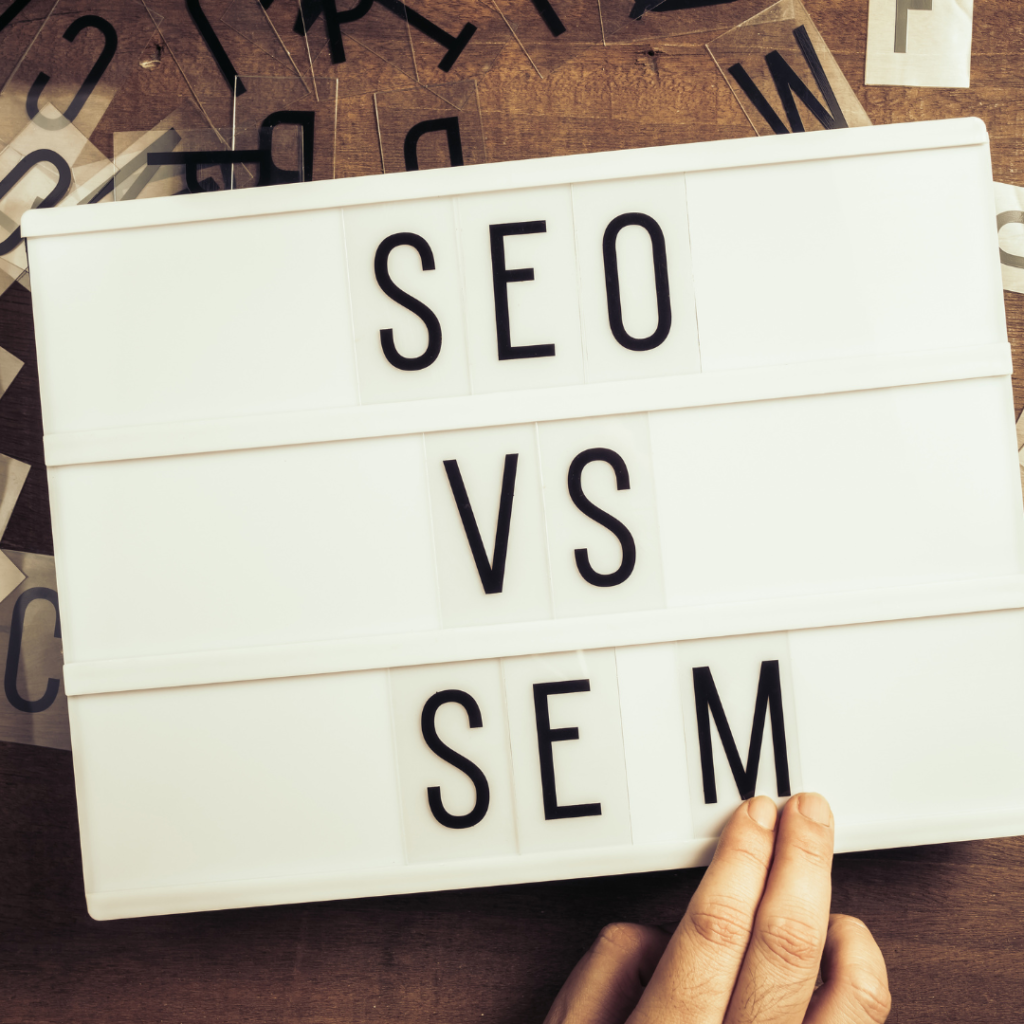
Difference between SEM and SEO
While both SEM and SEO aim to increase visibility on search engine results pages, they employ different methods to achieve this goal. SEM primarily refers to paid search advertising, focusing on purchasing ad space to drive traffic. In contrast, SEO relies on optimizing organic content to improve rankings in search engine results.
SEM shows results instantly after payment, unlike SEO, which takes time. This makes SEM appealing for businesses seeking immediate visibility.
Key Components of SEM
Effective SEM campaigns are built on several key components. Keyword research is a vital element, as it drives the effectiveness of ad targeting and overall campaign success. Tools like Google Ads Keyword Planner help identify relevant keywords that align with user search queries.
Additionally, creating compelling ad copy is necessary to engage users and encourage clicks on SEM ads. Understanding audience behavior and demographics through in-depth research further enhances the precision and impact of SEM efforts.
Importance of SEM in Digital Marketing Strategy
Integrating SEM into a digital marketing strategy helps gain immediate visibility and attract potential customers. Paid search advertising helps bring products and services to audiences’ attention effectively, making it an essential component of a robust digital marketing strategy. Unlike other online marketing tactics, SEM offers the advantage of immediate results, allowing businesses to reach their target audience quickly and efficiently.
A strong SEM strategy is essential for business success, as search engines are the primary way consumers discover products and services. Well-crafted ad copy that reflects a deep understanding of the user’s journey can significantly increase click-through rates and engage readers.
By designing ads to match the needs of the audience effectively, businesses can ensure their SEM campaigns resonate with potential customers and drive meaningful engagement.
Enhancing Online Visibility
SEM plays a critical role in increasing online presence through targeted paid advertisements on search engines. Appearing at the top of search results, SEM ensures businesses are seen by potential customers when it matters most.
Impression Share, which indicates how often ads are shown compared to the total number of impressions they could receive, further influences brand visibility and helps reach a wider audience.
Driving Targeted Traffic
Driving targeted traffic through SEM effectively grows your business and reaches new customers. Utilizing specific keywords in SEM attracts users who are more likely to make a purchase, thereby increasing the likelihood of conversions.
Long-tail keywords, in particular, can significantly lower cost-per-click (CPC) by attracting targeted traffic at reduced costs, making SEM a cost-effective strategy for reaching potential customers.
How SEM Works

SEM involves a series of processes beginning with keyword identification, followed by ad creation, and concluding with ad placement. Setting up an SEM campaign begins with keyword research and selecting relevant keywords. This foundational step ensures that the ads are targeted and relevant to the audience’s search queries.
Ad auction mechanics play a crucial role in determining ad placement. Through an auction process, search engines like Google determine ranking for SEM ads based on factors such as bid amount and Quality Score. This mechanism ensures that the most relevant ads are displayed to users, enhancing the overall effectiveness of SEM campaigns.
Keyword Research
Effective keyword research is the backbone of successful SEM campaigns. Identifying relevant keywords and avoiding negative keywords that attract non-buyers is essential. Understanding the intent behind users’ search queries helps create focused keyword strategies.
Tools like Keyword Planner and Google Trends aid in tracking search volume and identifying specific keywords that align with user intent. Incorporating a combination of broad match, phrase match, and exact match keywords can lead to a balanced SEM strategy.
Ad Auction Mechanics
The auction process for ad placements is a key element of how search engines determine ad rankings for SEM. Ad placement is influenced by factors such as bid amount and Quality Score, which reflects the relevance of keywords and affects costs in ad campaigns. Winning an ad auction ensures that your ad appears in the paid search results, providing immediate visibility to potential customers.
Maintaining a consistent Quality Score is crucial, as it influences both costs and ad placement.
Creating Effective Ad Campaigns
Creating effective ad campaigns begins with setting up a Google Ads account and organizing ad groups with related keywords. A recommended strategy is to create tightly themed google ad groups, which allows for better performance tracking and informed spending decisions.
Proper keyword organization within the Google Ads account facilitates better budget allocation and overall campaign performance.
Crafting Compelling Ad Copy
Crafting compelling ad copy is essential for the success of SEM campaigns. A text-based ad for SEM must include a headline, body text, call-to-action, and URL. Effective ad copy should address the specific problems or challenges faced by the target audience, thus engaging them and encouraging clicks. High-quality ad copy can significantly contribute to higher click-through rates (CTR), enhancing the overall effectiveness of the campaign.
Various ways to improve ad performance include enhancing the Quality Score, adding sitelinks, callouts, and call extensions. These additional features not only improve the visibility of the ads but also provide crucial information that can enhance user convenience and experience.
Writing Headlines and Descriptions
A powerful headline is crucial, as it acts as the first point of engagement for potential customers. Descriptive content should clearly communicate the distinct benefits of the product or service, highlighting unique selling points.
Crafting headlines and descriptions that resonate with the target audience can significantly enhance the effectiveness of SEM campaigns.
Utilizing Ad Extensions
TAd extensions are additional features that can enhance the visibility of SEM ads in search results. Implementing ad extensions effectively can improve the overall visibility and appeal of SEM ads. These extensions provide crucial additional information, such as location and contact details, enhancing user convenience and experience.
By utilizing ad extensions, advertisers can enhance customer experience by providing relevant and timely information.
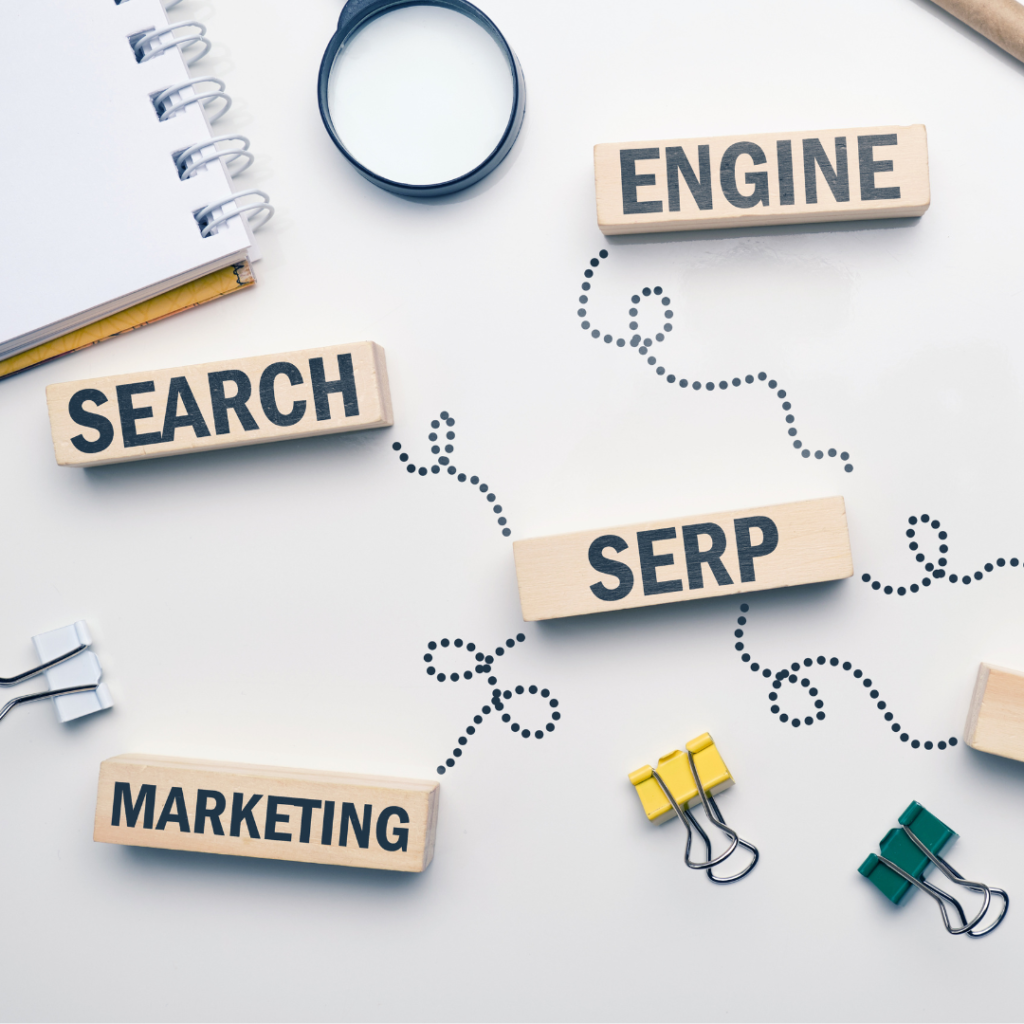
Optimizing Landing Pages for SEM
Optimizing landing pages is critical for improving Quality Score and conversion rates in SEM campaigns. Ensuring that landing pages are relevant to the ads can boost ad rank, increase traffic, and improve conversion rates. Regularly checking search terms, ads, and landing pages for relevancy is essential to maintain alignment with user intent. A/B testing can further optimize SEM traffic for conversions by maximizing spend through the optimization of landing pages.
Conversion rates of a landing page are influenced by factors such as load speeds, user interface, and value proposition. Enhancing landing pages with clear calls-to-action and responsive design significantly boosts engagement and overall campaign effectiveness.
Aligning with User Intent
Aligning ads and landing pages with the audience’s search intent is crucial for SEM success. Ensuring that ad copy and landing pages match user intent improves user experience and conversion rates. A disconnect between ad copy and landing page content can result in lower conversion rates and a higher bounce rate.
Improving landing pages through clear calls-to-action, responsive design, and optimized page speed can significantly enhance alignment with user intent.
Improving Page Load Speed
Faster page load times positively influence user experience and can lower bounce rates. Optimizing page load speed is essential for both SEO and SEM success. Strategies such as compressing images, minimizing redirects, and leveraging browser caching can significantly improve page load times, enhancing user experience and overall campaign effectiveness.
SEM Budget Management
Effective SEM budget management is crucial for ensuring that the revenue from SEM ads exceeds the cost of PPC, thereby ensuring profitability. Utilizing automation tools can streamline budget management by optimizing bidding and monitoring spending. One major hurdle in SEM is the need for continuous testing and adaptation of strategies to improve campaign effectiveness.
Focusing your SEM budget on the highest performing ads maximizes effectiveness and return on investment. Regularly reviewing and adjusting your bid strategy based on performance metrics maintains SEM campaign effectiveness.
Allocating Budget
Allocating your SEM budget effectively involves focusing on the highest performing ads to maximize your return on investment. Analyzing performance data allows you to refine your budget allocation and adjust spend accordingly.
Using insights from Customer Lifetime Value (CLV) can further inform your budget decisions, ensuring that you are investing in campaigns that yield the best returns. Regular reviews and adjustments based on performance metrics will help optimize your ad spend and reduce wasted expenditure.
Bid Strategy
Choosing the right bid strategy is crucial for the success of your SEM campaigns. There are two main types of bidding strategies: manual bidding and automated bidding. Manual bidding allows for greater control and is advisable for small businesses starting out.
Automated bidding, on the other hand, adjusts bids based on real-time performance data, which can be advantageous in optimizing ad spend and improving campaign performance. In highly competitive markets, managing bids effectively is essential to keep cost-per-click (CPC) under control and ensure profitability.
Measuring SEM Success
Measuring the success of your SEM campaigns is essential to understand their effectiveness and make data-driven decisions. It is important to monitor key metrics. These include click-through rate (CTR), conversion rate, cost-per-conversion, and return on ad spend (ROAS). A good Quality Score, which reflects how well your ad copy resonates with target searchers, is also crucial for reducing costs and improving ad placement. Revising bids, ads, and target keywords based on metrics helps optimize your SEM strategy and achieve better results.
Landing pages that do not align with user intent can lead to increased bounce rates and reduced conversions. Improving long-term SEM results requires continuous evaluation of ad performance and marketing strategies.
Tools like Google Analytics and Google Ads reports offer valuable insights into ad performance and user behavior, aiding in informed campaign adjustments.
Key Performance Indicators (KPIs)
Key Performance Indicators (KPIs) for measuring SEM success include CTR, conversion rate, CPC, ad quality score, and ROAS. Monitoring these metrics is crucial for understanding the effectiveness of your SEM campaigns. Enhancing ad relevance helps improve Quality Scores, leading to lower CPC rates.
Understanding the relationship between KPIs like ad relevance and Quality Score is vital for optimizing SEM performance and achieving better campaign results.
Using Analytics Tools
Using analytics tools is essential for tracking the performance of your SEM campaigns. Google Ads reports and Google Analytics provide detailed insights into ad performance and user behavior, helping you optimize your SEM strategies. These tools offer valuable data that can inform strategy adjustments, ensuring your campaigns are effective and aligned with your marketing goals.
HubSpot’s Ads tool can further enhance marketing integration by evaluating ad performance in relation to the customer’s journey.
Common Challenges in SEM
Despite its many benefits, SEM comes with its own set of challenges. Effective SEM requires regular monitoring of critical performance metrics to ensure campaigns yield the expected results. Tracking SEM metrics helps businesses identify areas needing improvement to enhance the return on their advertising investment. Continuous testing and optimization of SEM campaigns are key to overcoming challenges and enhancing overall effectiveness.
Optimizing SEM campaigns through consistent performance reviews can significantly enhance overall campaign effectiveness. Addressing common challenges such as high CPC in competitive markets and avoiding wasted ad spend requires a strategic approach and a keen understanding of SEM dynamics.
High CPC in Competitive Markets
High commercial intent keywords often come with a high cost-per-click (CPC), making competition fierce. To mitigate this, utilizing custom search ads based on buyer behavior and store data, including paid ads, search query, and bing ads, can enhance ad conversions.
By targeting more specific and relevant keywords, businesses can reduce CPC and improve their ad spend efficiency.
Avoiding Wasted Ad Spend
Avoiding wasted ad spend is critical for maintaining the efficiency of your SEM campaigns. Using precise targeting strategies is essential to minimize unnecessary expenditures. Targeting specific demographics can optimize ad spend by reaching the most likely converters.
Regularly adjusting negative keywords prevents unnecessary ad spend on irrelevant clicks, ensuring effective budget use. These strategies help reduce wasted ad expenditures and improve overall SEM campaign performance.
Summary
In summary, mastering SEM involves understanding its core components, implementing effective strategies, and continuously optimizing your campaigns. SEM is a powerful tool for gaining immediate visibility and driving targeted traffic, making it an essential part of any digital marketing strategy. By focusing on keyword research, creating compelling ad copy, optimizing landing pages, managing your budget effectively, and measuring success through key performance indicators, you can create SEM campaigns that drive meaningful results. Embrace these strategies, and watch your online visibility and conversions soar.
Frequently Asked Questions
What are the three types of search engine marketing?
The three primary types of search engine marketing are Pay Per Click (PPC), Pay Per Impression (PPI), and Pay Per Sale/Action (PPS/PPA). Each method serves distinct purposes in enhancing online visibility and driving traffic.
What is the difference between SEO and SEM?
The primary difference between SEO and SEM is that SEO focuses exclusively on optimizing a website for organic traffic, while SEM combines both organic and paid strategies to enhance visibility and drive traffic. Thus, SEM encompasses a broader range of tactics than SEO alone.
What is the main difference between SEM and SEO?
The main difference between SEM and SEO is that SEM involves paid search advertising for immediate traffic, while SEO focuses on optimizing organic content, which requires time for effective ranking improvements.
Why is keyword research important in SEM?
Keyword research is vital in SEM because it identifies relevant keywords that match user search queries, enhancing ad targeting and campaign success. It also helps to exclude negative keywords, ensuring that ads reach the appropriate audience.
How can I improve the Quality Score of my SEM ads?
To enhance the Quality Score of your SEM ads, focus on improving ad relevance, ensuring your ad copy aligns with user intent, and optimizing your landing pages. A higher Quality Score will result in lower cost-per-click rates and improved ad placement.
